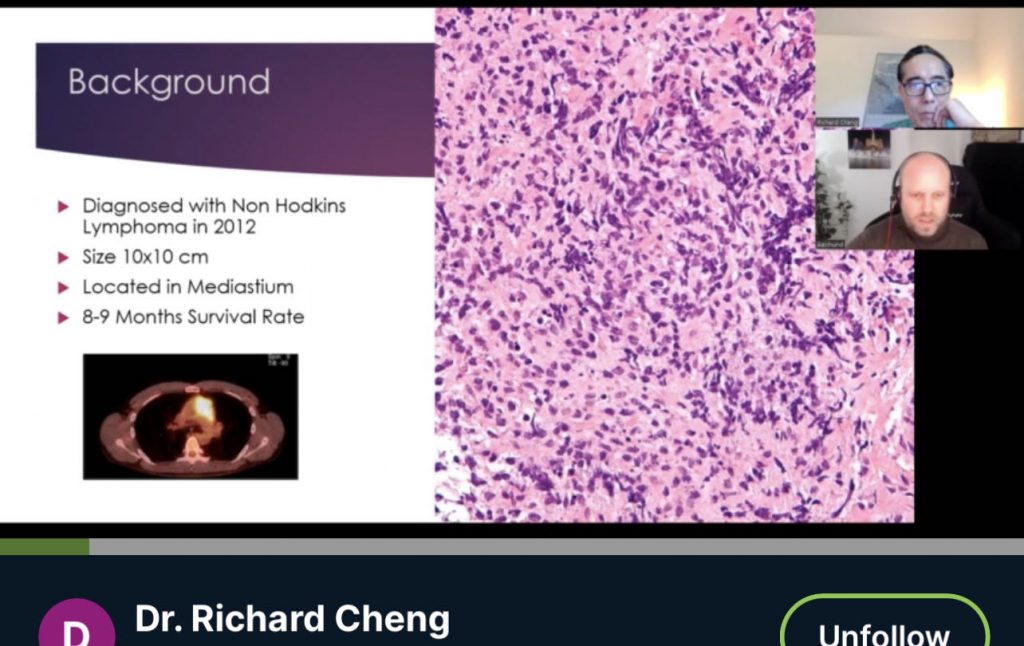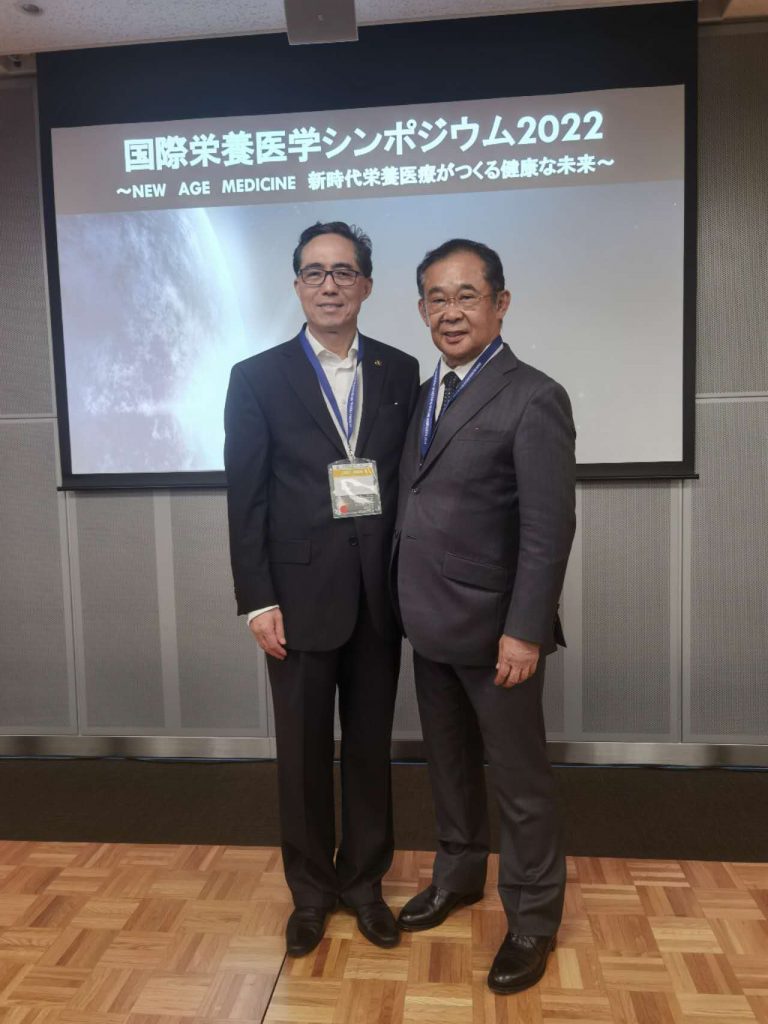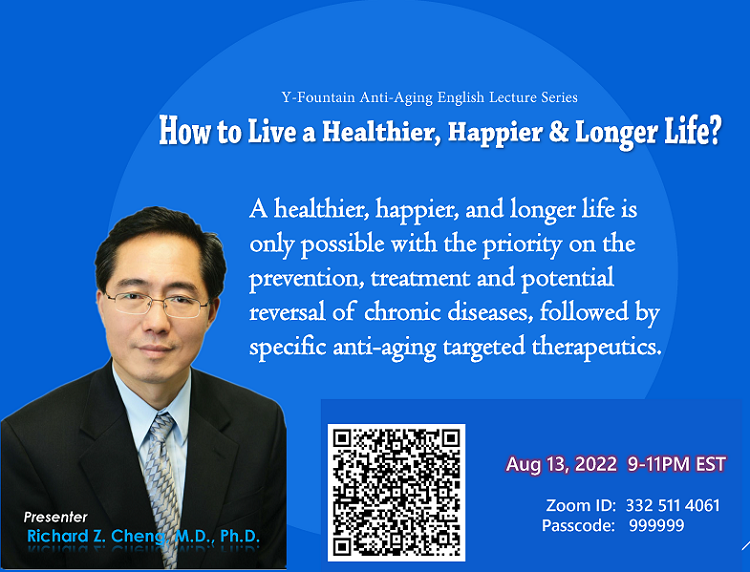OXYGEN THERAPIES A) HYPERBARIC OXYGEN THERAPY (HBOT)
by Charles Wile, MD
{According to a lecture by Jason Sonners at the American Academy of Anti-Aging Medicine (A4M) Module VIII conference, in Charleston, S.C. on 10/29/2022:} Oxygen is our primary nutrient. Without oxygen we won’t survive for more than several minutes. There are several principles that are necessary for understanding the physiology of oxygenation. With a GRADIENT, atoms, electrons, ions (charged particles), and molecules move-diffuse from a higher concentration to a lower concentration until an equilibrium is achieved. The rate of diffusion is relative to the size of the gradient. The atmosphere of Earth contains 21% oxygen everywhere. The PRESSURE-weight of air is variable: At sea level the pressure of the air is “1- atmosphere”. With ascending up a mountain or by flying to 18,000 feet above sea level, the pressure differential is ½-atmosphere. With descending down below the sea to 33 feet, the pressure differential is 2-atmospheres. At sea level our blood is approximately 100% saturated with oxygen– almost all is carried– (bounded)– by our red blood cells (RBCs). Normal pulse oximetry measures the normal range @ 96% to 100%. Our bodies will shunt our blood flow to the “working tissues” as a function of need: eg. to our gut after eating or to our legs if we need to run to escape a threat. Other than the oxygen saturation of our RBCs, oxygen is also carried directly in the plasma as a function of pressure. {Consider a bottle of seltzer: at rest, a bottle of plain-water and a bottle of seltzer-water appears to be identical. However, once the seltzer-water bottle is opened, the pressure-dissolved carbon dioxide gas becomes released and the gas bubbles from the water as a function of the gradient: fast at first, and then slowing as it approaches equilibrium.} Hyperbaric Oxygen Therapy (HBOT) bypasses using RBCs to carry oxygen in the blood stream. For example, blood at 1-atmosphere will carry 3 ml of oxygen per liter of plasma. And, with HBOT pressure, the plasma can carry 60 ml of oxygen per liter of plasma. Therefore, if there is tissue damage– with damage to the capillaries and an inability of RBCs to traverse the damaged tissues, freefloating oxygen in the plasma, with the quantity enhanced by HBOT, can maintain cellular functioning and promote healing– {the added oxygenation will also stimulate an angiogenic effect for healing repair.} HBOT is both safe and effective for a range of treatments. The “trick” is to match the intensity of the therapy– the pressure and duration of HBOT– to the severity of the problem. And, there are many protocols that have been developed and that are still under investigation to identify optimum treatments. If there is an inflammatory response, there is a loss of the tissue-oxygenationgradient which triggers a cascade of problems which interfere with a healing response. HBOT increases the free-floating arterial pressure of oxygen: the pO2. Our cells require 40 – 50 mmHg of oxygen. Capillary oxygen pressure is sufficient at room air: with 21% concentration of oxygen at a “normal” (sea level—1 atmosphere) pressure resulting in a pO2 of 50 mmHg. By using 100% oxygen at 1 atmosphere of pressure, the pO2 is increased to 75 mmHg. There is an exponential increase of the pO2 with increasing pressure: eg. at 1.3 atmospheres the pO2 is 246, and at 1.5 atmospheres the pO2 is 437.5. HBOT is currently used to prevent and treat “the bends” associated with under-sea diving, and a total of 14 FDA recognized medical conditions, including wound healing. However, there are 150+ offlabel conditions where HBOT can be beneficial: eg. to stimulate angiogenesis, mitogenesis, neurogenesis, fibroblast proliferation and collagen synthesis, boost stem-cells, for antibiotic synergy, and others. The “Hallmarks of Aging” are analogous to the “Hallmarks of Disease”. There is a concept called “hormesis”– creating a little stress to stimulate an adaptive/resilience response. HBOT can be used to create an hormetic response for mitochondrial and cellular repair/healing, and for decreasing senescent cells and increasing telomere lengths, which helps to reverse the pillars of chronic illness. Rather than using HBOT as a last-resort in a treatment protocol, HBOT should be considered as the cornerstone in order to start a healing protocol. With very few exceptions, eg. a pneumothorax, HBOT can be used to benefit a healing protocol. The “magic” of HBOT comes from the cumulative effects of hyper-oxygenation followed by a RELATIVE HYPOXIA over time: it is not a “one-and-done” therapy. There is a healing response timedelay for HBOT to trigger signaling-responses to take effect, eg. stimulating stem-cell mobilization and activation. Whereas chronic hypoxia is detrimental, the intermittent relative hypoxia of HBOT is beneficial– (that is: after leaving the hyperoxia in the chamber). This is the so-called “hyperoxiahypoxia paradox”. External environmental oxidation depletes our anti-oxidant systems. Whereas, internal oxidation increases our antioxidant systems. The hyper-oxygenation-induced increased mitochondrial ATP energy production, with its corresponding natural increase in free-radicals, is counteracted by also stimulating our anti-oxidation molecules and enzymes, eg. glutathione, superoxide dismutase (SOD), and others. We need to consider that HBOT should be a non-specific therapy, like administering an extra-dose of a vitamin. The use of 100% oxygen is not always needed in order to be beneficial. The hyperbaric chamber can be used with room air with a pressure of 1.3 atmospheres, resulting in an increased cellular oxygenation by 30%. The relative hypoxia, on exiting the chamber, can also promote beneficial metabolic cascades. A specific protocol for chamber usage, therefore, depends upon the individual and the problem being addressed. Here’s an example of an HBOT prescription: the chamber is set at 100% oxygen and 1.3 atmospheres, for 60 to 90 minutes, and used 4 to 6 times per week, for 6 to 10 weeks. Although chamber usage has been around for several hundred years, use of this treatment is still in its infancy. Also, when using oxygen to treat a medical problem, such as COPD and emphysema, the use is typically constant and persistent, perhaps only varying in the concentration of the oxygen delivered. [When I was using oxygen in the Emergency Department 40+ years ago up until about 10 years ago, the rule-of-thumb was: “oxygen for everybody all the time”. Now, because of concerns about oxygen toxicity, the use of oxygen in the ER is guided by a finger-tip plethysmographic monitoring of the PO2.] It is important to be flexible in our thinking as we learn more. {We always need to consider the risk-benefit ratio when evaluating any treatment.} There is a big difference when using oxygen to enhance fitness-performance and for wellness: because here the use of oxygen is intermittent and briefly transient. Thus, the risks associated with using oxygen this way seem to be mitigated by the extended health benefits. OZONE THERAPY { According to a lecture by Phillip Mollica, DMD at the American Academy of Anti-Aging Medicine (A4M) Module VIII conference, in Charleston, S.C. on 10/29/2022:} Low-dose ozone is non-toxic, safe, effective, and economic with minimal to no side-effects. Pure ozone (O3) is never used for therapy. Ozone therapy is always a mixture of oxygen and ozone (O2/O3). Ozone is negatively charged– meaning it has an electron available to donate. Please remember: “the poison is in the dose” {Paracelsus}. Ozone therapy uses the principle of hormesis. For example, ozone can be used to improve and accelerate wound healing. A little ozone-stress triggers the healing cascades. With disease and injury, the tissues are dysregulated and the ecology is imbalanced. Ozone therapy helps to disinfect tissues, activate RBC metabolism (via 2,3-DPG), activate enzymatic antioxidation, and scavenge free radicals. Ozone has anti-inflammatory effects, and upregulates the production of nitric oxide (NO) used to dilate blood vessels in order to improve the micro-circulation and to stimulate angiogenesis. Ozone will activate immunocompetent cells to release cytokines (such as interleukens and interferons), and help to modulate the immune system. Our environment is filled with biotoxins– (such as heavy metals, pesticides, plastics, solvents, and others)– which cause an imbalance of anaerobic organisms in our microbiome. Anaerobiosis causes vascular and lymphatic congestion, which causes the tissues to shift towards a more acidic terrain, which is a part of chronic diseases. Oxygen based ATP-energy metabolism is balanced by naturally produced antioxidants, such as glutathione. Anaerobic metabolism– that is: fermentation– not only produces less ATP-energy, but also free radicals are over-produced, which leads to oxidative-stress and tissue injury. Ozone is produced when a source of energy– such as lightning, ultraviolet radiation, waterfalls, ocean movement– breaks stable oxygen O2 into a highly reactive singlet oxygen, which then combines with stable O2 oxygen to create reactive O3 as peroxides. Because pathogens don’t have antioxidant protective enzymes in their cell membranes, our white blood cells naturally produce ozone-peroxides for protection during a bacterial infection in order to punch holes in the micro-organism’s membranes, in order to kill the infecting organisms. Also, WBCs produce ozone for programmed cell death– apoptosis. Exogenous antioxidants, such as vitamin C and vitamin E, act within our cells to balance the innate production of ozone. Endogenous antioxidant enzymes, such as catalase and SOD, are also produced within our cells to balance the innate production of free radicals– reactive oxygen species (ROS). Small doses of ozone gently stimulate– or “shock”– and upregulate our multivaried biological protective responses. Since infections are positively charged, they attract the negatively charged ozoneperoxides. Since gaseous ozone is a biological precursor, it instantly goes into solution, and then it is transformed into oxygen and water, with the singlet oxygen producing peroxides which do the work. Thus, one should never fear an air embolism when gaseous ozone is injected into the body. Ozone creates a cascade of secondary reactions that stimulate immune activation and recruit growth factors for healing. The rule-of-thumb: “start low and go slow” applies to ozone therapy. High quality equipment is required to produce a precise concentration of ozone when it is bubbled into distilled water, where it becomes “trapped” within the structure of the water. {Ref. The Longevity company for quality ozone generators.} Typically one desires to produce an ozone concentration of 25 to 30 ug/ml, varying up to 40 to 60 ug/ml. And, for example, when an infection has been controlled, the dose may be reduced to a 10 to 20 ug/ml concentration. The distilled water becomes maximally concentrated in about 6 minutes. It can be stored as an ice cube, and, when refrigerated, it maintains its potency for 3 days. While ozone concentrations remain the same, treatments vary by the route and the frequency of administration. Here are some examples of how (O2/O3) ozone therapy can be used: a) ear insufflation using ozonated water with a fan for about 5 minutes, for an external ear infection; b) limb bagging with gaseous ozone to treat skin ulcers; c) directly injecting gaseous ozone into and/or around warts; d) injecting ozone mixed with procaine– “prolozone”– into knees or into trigger points. Procaine is added to minimize an associated burning sensation. e) Rectal insufflation of gaseous ozone to manage ulcerative colitis, cancers, and HIV. f) Ozone can be mixed with a person’s own blood and injected IM as an “auto-vaccine” for herpetic lesions, or when they are experiencing symptomatic allergies, and repeated in a week. g) Ozone can be simply used IV in a 50-50 mixture using the patient’s blood and ozone {by using a self-contained kit from Germany which avoids using a plastic bag and heparin}. It can also be irradiated with UV light, and followed with IV vitamin C. h) Ozonated olive oil is also great for helping with healing. One should avoid using ozone in the eyes and the lungs because these tissues have poor antioxidant systems. However, using ozone gas with nasal prongs while mouthbreathing is OK. {Also, Ref. The American Academy of Ozone Therapy.}









